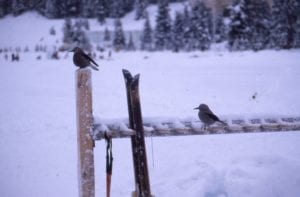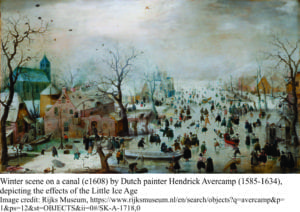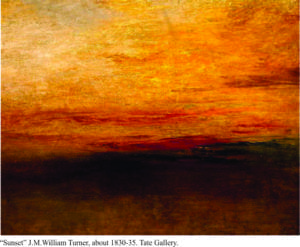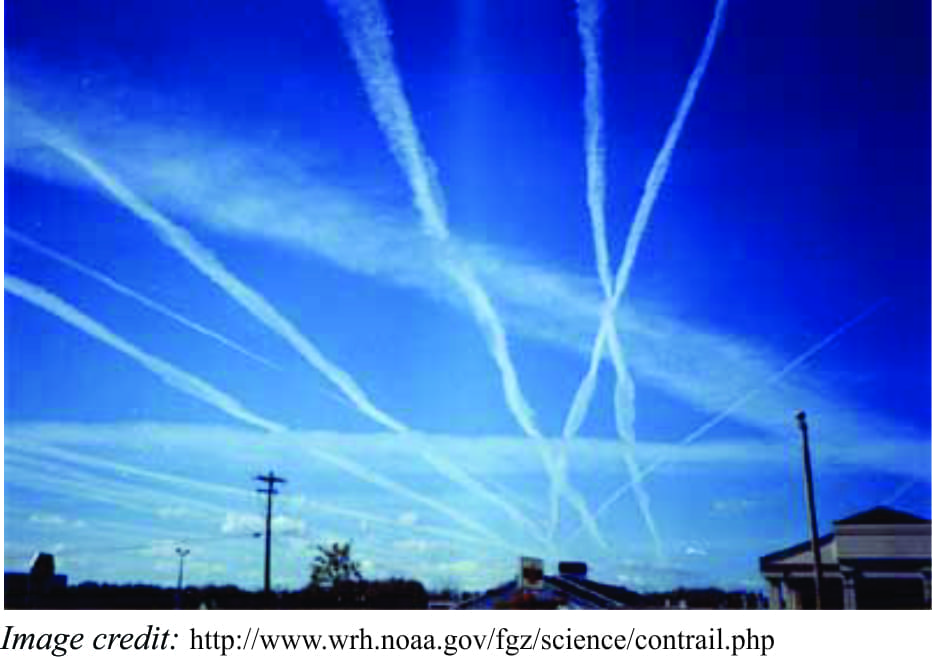Read any scientific paper or blog on climate and you’re bound to come across the phrase radiative forcing. Radiative forcing is central to all climate science. Radiation from the sun heats our atmosphere and earth surface. Some of this radiation is reflected back to space. If there is a balance between incoming and outgoing radiation then average global atmospheric temperatures neither increase or decrease. However, if the balance is perturbed, climate will warm or cool. Radiative forcing causes climate imbalances. Thus, volcanic aerosols tend to cool things off, decreasing albedo will tend to warm them. Continue reading
Monthly Archives: June 2017
Volcanism does not cause glaciations; let’s turn this statement on its head
Is there a relationship between volcanism and glaciation?
It is almost a truism that volcanic eruptions influence climate. Cold winters and even failed crops, particularly in the northern hemisphere, followed on the heels the Tambora, Krakatoa, and Pinatubo eruptions. But these climate aberrations were relatively short-lived, counted in years; the stratospheric aerosols and fine volcanic ash that reflect solar radiation back into space, eventually succumb to gravity and fall to earth. Eruptions of this kind do not result in long-lived, or permanent changes; they are temporary blips on an evolving earth and an evolving climate. Continue reading
A burp and a hiccup; the volcanic contribution of carbon dioxide to the atmosphere
Of the two certainties in life, volcanoes offer the most excitement (death and taxes are basically the same thing). They are magnificent while asleep; a primeval ruggedness that stirs the imagination. We paint them, we eulogise them. And when they awaken, we run for cover. Whether in a state of dormancy or high agitation, they leave an impression on our inner and outer landscapes.
All active volcanoes emit gas; pre-, during and post-eruption. On average, 96% of volcanic gases are water vapour, the remaining components being CO2, SO2 (most common), plus a little helium, nitrogen, carbon monoxide, hydrogen sulphide, and a few halides. Volcano-derived carbon dioxide is frequently cited as a culprit for increasing atmospheric CO2 concentrations in Continue reading
Contrails, analogues, and visualizing groundwater flow
How to picture groundwater flow beneath the surface.
Analogues and analogies. Standard dictionaries define these as a comparison, correspondence, or similarity between one thing and another, that can apply to concepts, ideas or physical entities. They are tools, used to illustrate concepts, particularly abstract ideas, to help explain phenomena or theories. Science makes frequent use of analogies. It does so because many phenomena that it attempts to investigate and explain extend beyond normal human experience, beyond what is visible to the unaided eye, beyond what we can touch. Well-chosen analogies can help us understand the universe without, and the universe within. Continue reading




